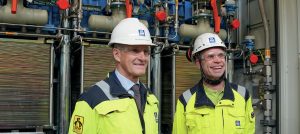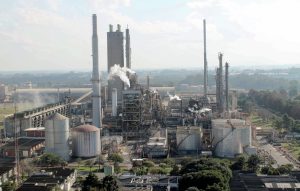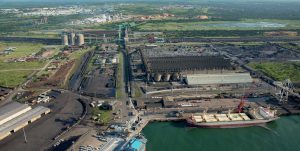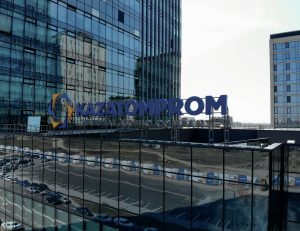
Fertilizer Industry News Roundup
In a major milestone, Yara International has officially opened its renewable hydrogen plant at Herøya Industrial Park, Porsgrunn, Norway.

In a major milestone, Yara International has officially opened its renewable hydrogen plant at Herøya Industrial Park, Porsgrunn, Norway.

OCP Group and Fortescue subsidiary Fortescue Energy have announced a 50:50 joint venture (JV) to supply green hydrogen, ammonia and fertilizers to Morocco, Europe and international markets.
Dundee Precious Metals says that it has sold the Tsumeb smelter, including all associated assets and liabilities, to China’s Sinomine Resources Group for $49 million. Sinomine Resources Group is a Chinese company founded in 1999. Its main business and operations cover four segments: EV-lithium material development and utilisation, rare and light minerals (caesium and rubidium) development and application, geo-tech services and mining property development. Dundee Precious Metals will transfer all assets debt-free and cash-free, subject to normal working capital adjustments. The transaction is subject to customary closing conditions, including approval under the Namibia Competition Act and approvals required from Chinese regulatory authorities for overseas investments, and is expected to close in Q3 2024.
Over the last six months, climate and geopolitical events have disrupted seaborne trade. A record drought in Panama and the unprecedented intensity of attacks on commercial ships by the Houthi rebels in the Red Sea are straining the freight market. Almost 150 ships have been targeted along the latter trade route since the first attack was registered to a non-commercial ship last year.

Although global ammonia supply is set to increase this year, there is a shortage of new merchant capacity after 2024 which may lead to rising prices in the medium term.
BASF, SABIC, and Linde have jointly inaugurated the world’s first demonstration plant for large-scale electrically heated steam cracking furnaces at BASF’s Verbund site in Ludwigshafen, following three years of development, engineering, and construction work. The three companies signed a joint agreement to develop and electrically heated steam cracking furnaces in March 2021.

The board of Petrobras has approved the resumption of operations at the company’s Araucária Nitrogenados SA (ANSA) site at Araucaria, Parana state. The plant, which has the capacity to produce 475,000 t/a of ammonia and 720,000 t/a of urea, has been idled 2020.

Qatar construction services company UCC Holding has signed a memorandum of understanding with the Kazakh Ministry of Energy for a gas treatment plant at the Kashagan field with a capacity of 6 billion cubic meters as part of the Phase 2B expansion. The memorandum was signed by Minister of Energy Almassadam Satkaliyev and Mohamed Moutaz Al Khayyat, chairman of UCC Holding.

In January, Kazakh uranium producer Kazatomprom warned of potential adjustments to its 2024 uranium production due to challenges with sulphuric acid availability and construction delays at new uranium mining operations. In a statement the company said that its projected uranium output for 2024 will be between 21,000 t/a and 22,500 t/d U3 O8 , around 20% lower than the amount it had been expecting to be able to mine. Kazatomprom’s uranium output was 21,100 t/a U3O8 in 2023, down 1% on 2022 figures, with output flat during 4Q 2023. While it said it had sufficient inventory in stock to cover contracted deliveries in 2024, there could be problems for 2025 deliveries.

Paradeep Phosphates Limited (PPL) and Mangalore Chemicals & Fertilizers Limited (MCFL) have agreed to merge.